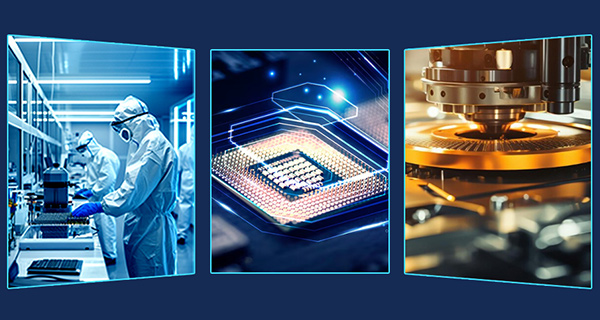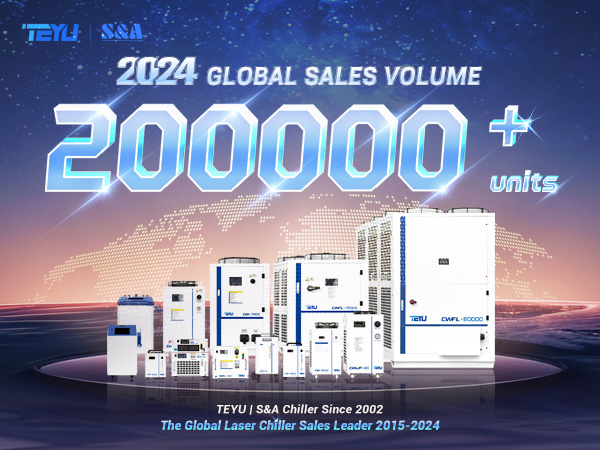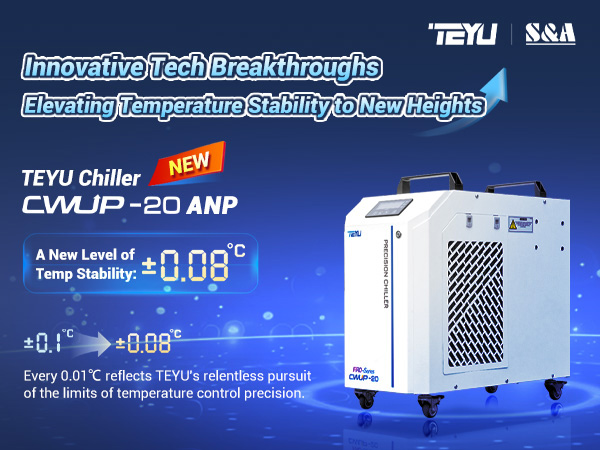Ultrafast lasers emit extremely short pulses in the picosecond to femtosecond range, enabling high-precision, non-thermal processing. They are widely used in industrial microfabrication, medical surgery, scientific research, and optical communication. Advanced cooling systems like TEYU CWUP-series chillers ensure stable operation. Future trends focus on shorter pulses, higher integration, cost reduction, and cross-industry applications.
What Are Ultrafast Lasers and How Are They Used?
Definition of Ultrafast Lasers
Ultrafast lasers refer to lasers that emit extremely short pulses, typically in the picosecond (10⁻¹² seconds) or femtosecond (10⁻¹⁵ seconds) range. Due to their ultra-short pulse duration, these lasers interact with materials primarily through non-thermal, nonlinear effects, significantly reducing heat diffusion and thermal damage. This unique characteristic makes ultrafast lasers ideal for precision micromachining, medical procedures, and scientific research.
Applications of Ultrafast Lasers
With their high peak power and minimal thermal impact, ultrafast lasers are widely applied across various industries, including:
1. Industrial Micromachining: Ultrafast lasers enable precise cutting, drilling, marking, and surface processing at the micro and nano levels with minimal heat-affected zones.
2. Medical and Biomedical Imaging: In ophthalmology, femtosecond lasers are used for LASIK eye surgery, providing precise corneal cutting with minimal post-surgery complications. Additionally, they are applied in multiphoton microscopy and biomedical tissue analysis.
3. Scientific Research: These lasers play a crucial role in time-resolved spectroscopy, nonlinear optics, quantum control, and new material research, allowing scientists to explore ultrafast dynamics at the atomic and molecular levels.
4. Optical Communications: Certain ultrafast lasers, such as 1.5μm fiber lasers, operate in the low-loss optical fiber communication band, serving as stable light sources for high-speed data transmission.

Power and Performance Parameters
Ultrafast lasers are characterized by two key power parameters:
1. Average Power: Ranges from tens of milliwatts to several watts or higher, depending on application requirements.
2. Peak Power: Due to the extremely short pulse duration, peak power can reach several kilowatts to hundreds of kilowatts. For instance, some femtosecond lasers maintain an average power of 1W, while their peak power is several orders of magnitude higher.
Other essential performance indicators include pulse repetition rate, pulse energy, and pulse width, all of which must be optimized based on specific industrial and research needs.
Leading Manufacturers and Industry Development
Several global manufacturers dominate the ultrafast laser industry:
1. Coherent, Spectra-Physics, Newport (MKS) – Established companies with mature technology and a wide range of industrial and scientific applications.
2. TRUMPF, IPG Photonics – Market leaders in industrial laser processing solutions.
3. Chinese Manufacturers (Han's Laser, GaussLasers, YSL Photonics) – Emerging players making significant advancements in laser structuring, mode-locking technologies, and system integration.
Cooling Systems and Thermal Management
Despite their low average power, ultrafast lasers generate substantial instantaneous heat due to their high peak power. Efficient cooling systems are essential to ensure stable performance and prolonged operational life.
Chiller Systems: Ultrafast lasers are commonly equipped with industrial chillers with a temperature control precision of ±0.1°C or better to maintain stable laser performance.
TEYU CWUP-series Chillers: Designed specifically for ultrafast laser cooling, these laser chillers offer PID-controlled temperature regulation with precision as high as 0.08°C to 0.1°C. They also support RS485 communication for remote monitoring and control, making them ideal for 3W -60W ultrafast laser systems.
Future Trends in Ultrafast Lasers
The ultrafast laser industry is evolving towards:
1. Shorter Pulses, Higher Peak Power: Ongoing advancements in mode-locking and pulse compression will enable attosecond pulse lasers for extreme precision applications.
2. Modular and Compact Systems: Future ultrafast lasers will be more integrated and user-friendly, reducing complexity and application costs.
3. Lower Costs and Localization: As key components like laser crystals, pump sources, and cooling systems become domestically produced, ultrafast laser costs will decline, facilitating broader adoption.
4. Cross-Industry Integration: Ultrafast lasers will increasingly merge with fields like optical communications, quantum information, precision machining, and biomedical research, driving new technological innovations.
Conclusion
Ultrafast laser technology is rapidly advancing, offering unmatched precision and minimal thermal effects across industrial, medical, and scientific fields. Leading manufacturers continue to refine laser parameters and integration techniques while advancements in cooling and thermal management systems enhance laser stability. As costs decrease and cross-industry applications expand, ultrafast lasers are set to revolutionize multiple high-tech industries.


We're here for you when you need us.
Please complete the form to contact us, and we'll be happy to help you.










































































































